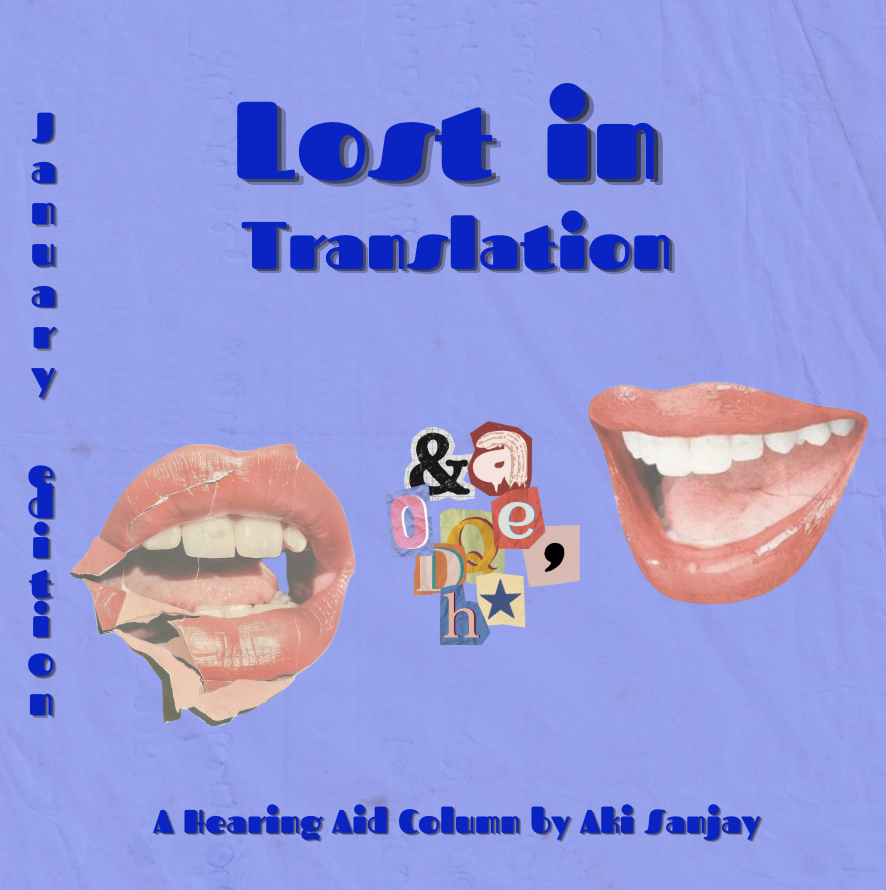Lost in Translation: Cuba
An Exploration of Cuban Music in Scotland
By Aki Sanjay
Cuba and Scotland are nearly 5,000 miles apart, but even the great distance has not stopped the exchange of music. The connections between Cuban and Celtic tunes is not surprising: both countries share a rich history of art and a longstanding desire to protect their culture. Cuba, perhaps the “most important source of music in Latin America,” has seen centuries of slavery, colonisation, and religious conflicts, all of which have defined the artistic expressions central to the region. Similar to the Scottish ceilidh and reel, Cuban music is also inherently tied to a culture of dance: perhaps most famously, the Cuban salsa merges the older, rhythmic movements and percussion of the early 20th century with the gentleness of more recent years.
The ties between Latin and Scottish music have not been ignored; several bands and dance groups have formed with a cross-cultural mission. Salsa Celtica, formed in 1995, fuses traditional salsa music with Scottish instruments. The band features musicians from Scotland, Ireland, Venezuela, and Cuba, combining “rhythm and melodies [from] these two cultures” to create an “irresistible force of passion, energy, and joy.” Over its nearly thirty years of performing, the group has accumulated an impressive list of performances, having appeared at New York’s Lincoln Centre, Colombia, the Edinburgh Jazz Festival – and, in 2019, Glastonbury. The instrumentation of Salsa Celtica is appropriately diverse, featuring the congas, bagpipes, timbales, and fiddle – just to name a few.
Salsa Celtica’s most recent album, The Tall Islands, is a perfect example of their stylistic blend. The album was mostly written during a tour of the Scottish islands, including Skye, Mull, and Lewis, but was finished during a headline of the salsa carnival in Gran Canaria. In a statement released alongside the album, the band reflected upon the process of “going from the cold waters and small village halls of Scotland to a huge open air gig in the Canaries,” a journey clear in the album itself. The project was also the first from Salsa Celtica to include tracks featuring Scottish Gaelic. For instance, the opening track, ‘Descarga Gaélica’, includes lyrics in both Scottish Gaelic and Spanish: ‘Crathadh d’aodaich a ghaoil / Thig thu’n taobh-sa mu Shamhainn / Bailalo con sabor, gozalo!’ (With sails unfurled, my love / You will come this way about Halloween / Dance with style, enjoy!).
Salsa Celtica is not the only band to have merged Scottish and Cuban music; in 2014, The Star Accordion Band released Latino Scotland, a eighteen-track album featuring Scottish versions of classic Latin hits. ‘La Bamba’, originally a Mexican folk song from the state of Veracruz, is reimagined with a full horn section. ‘Quantanemera’ highlights the band’s namesake instrument, the accordion. Most recognisably, ‘Una Paloma Blanca’, composed by Dutch musician George Baker, is reinvented with keys, electric guitar, and a jazzy eight-beat feel.
The musical exchange between Latin America and Scotland goes both ways; in November 2024, emerging Scots singer Calum Baird was featured at the Havana Biennial, the largest arts fair in Latin America. Baird was the only Scottish musician performing at the festival. Speaking to The Herald, he celebrated the experience and the connective power of music and art, despite linguistic barriers. “The Cuban artists I spent time with taught me so much,” Baird shared, “especially their incredible improvisation skills and their determination to create, even under immense restrictions. Their expertise and passion pushes me to want to grow as a musician and as a person.”
Interestingly, while most Scottish-Cuban crossovers occur within the folk and jazz genres, electronic music has recently become a hub for cultural exchange. In 2019, as part of Cuba’s British Culture Week, the British Council and the National Laboratory of Electroacoustic Music hosted a presentation by the Scottish DJ Denis Sulta. Sulta expressed a keen interest in Cuban electronic music, praising the effort of Cuban creators to achieve musical and critical success within a limited context. He was not the first electronic music artist to set foot on Cuban soil; in 2006, Fatboy Slim wrote and produced two original songs, ‘Shelter’ and ‘Siente Mi Ritmo’; the latter features Cuba’s female vocal group Sexto Sentido.
The transatlantic paths of Cuban and Scottish music have existed for decades now, aided by the efforts of artists such as Salsa Celtica and The Star Accordion Band. Local communities in both countries have also contributed to the ongoing artistic transfer. In both Scotland and Cuba, festivals, stages, and celebratory events have merged Celtic and Latin American literature, song, and dance, part of a promising trend of multicultural connection.

